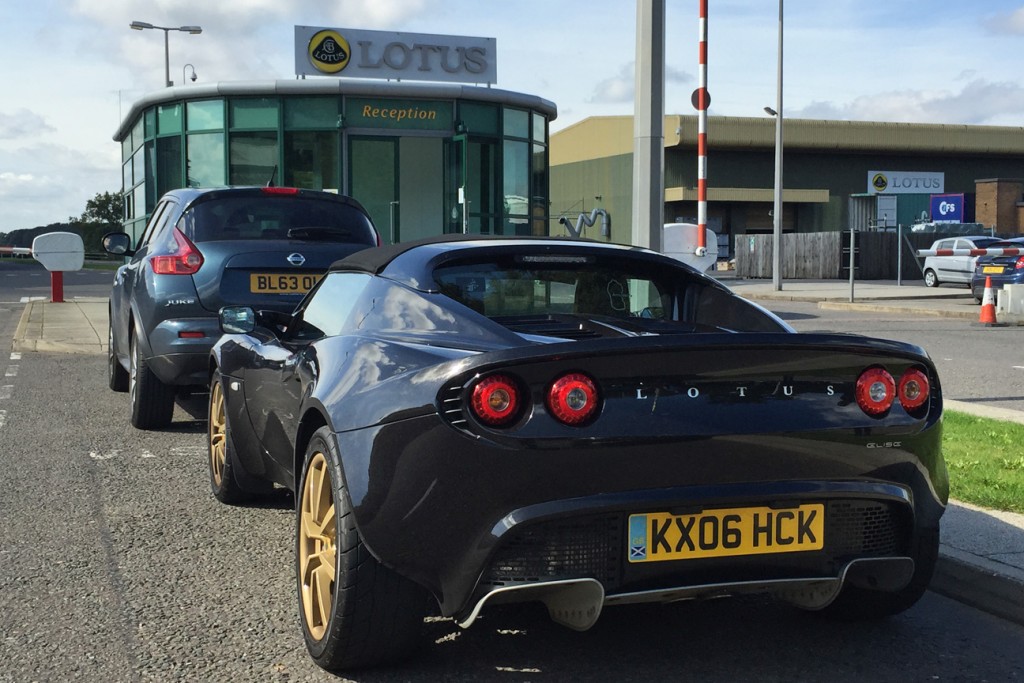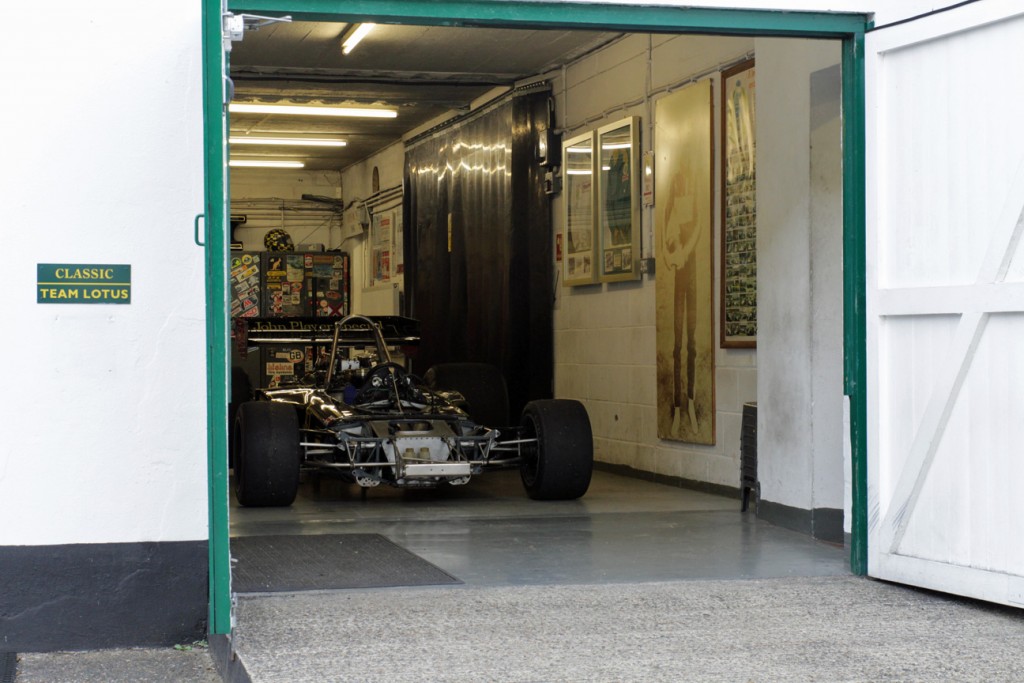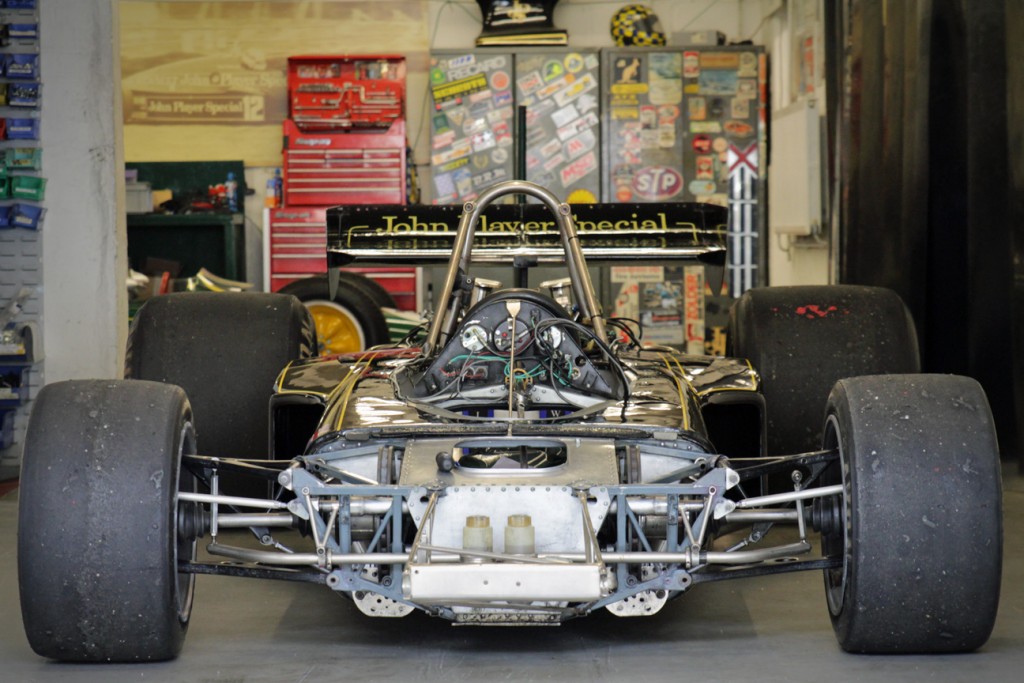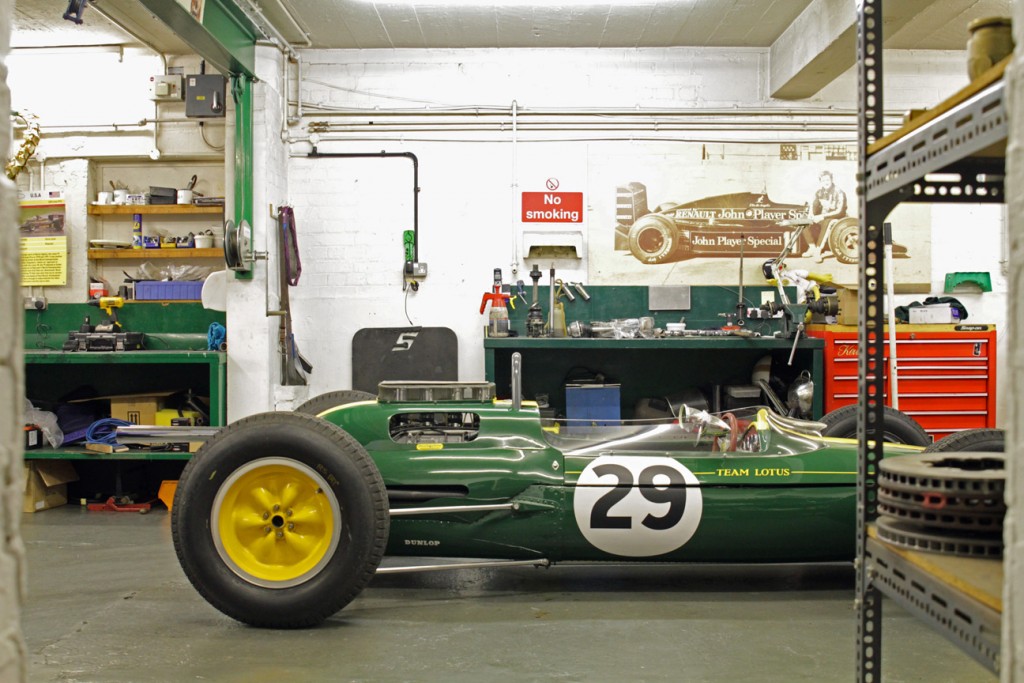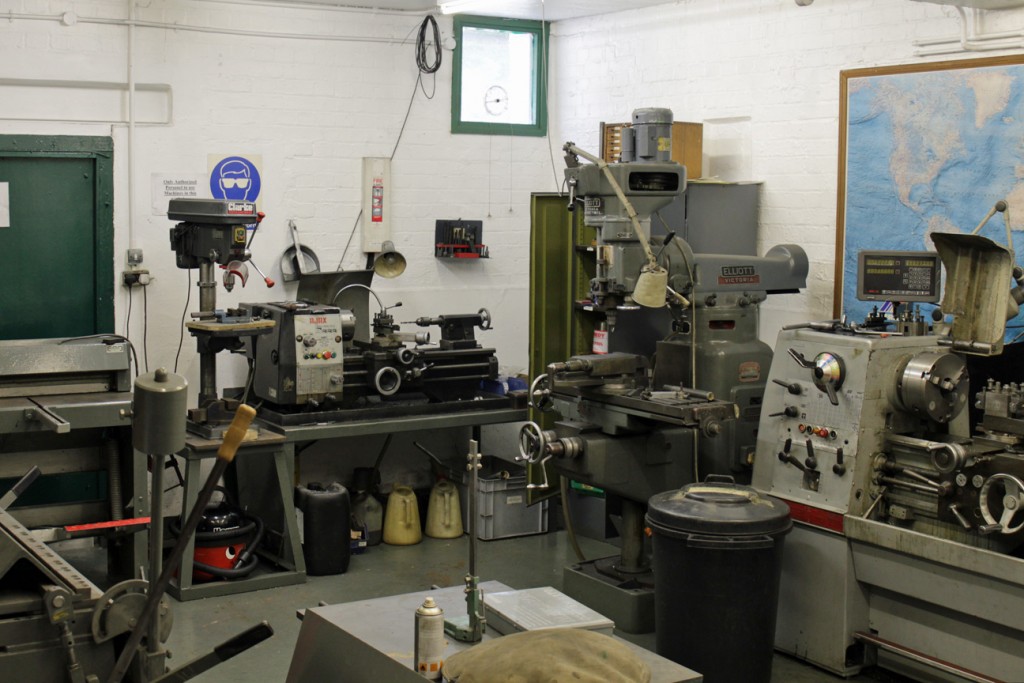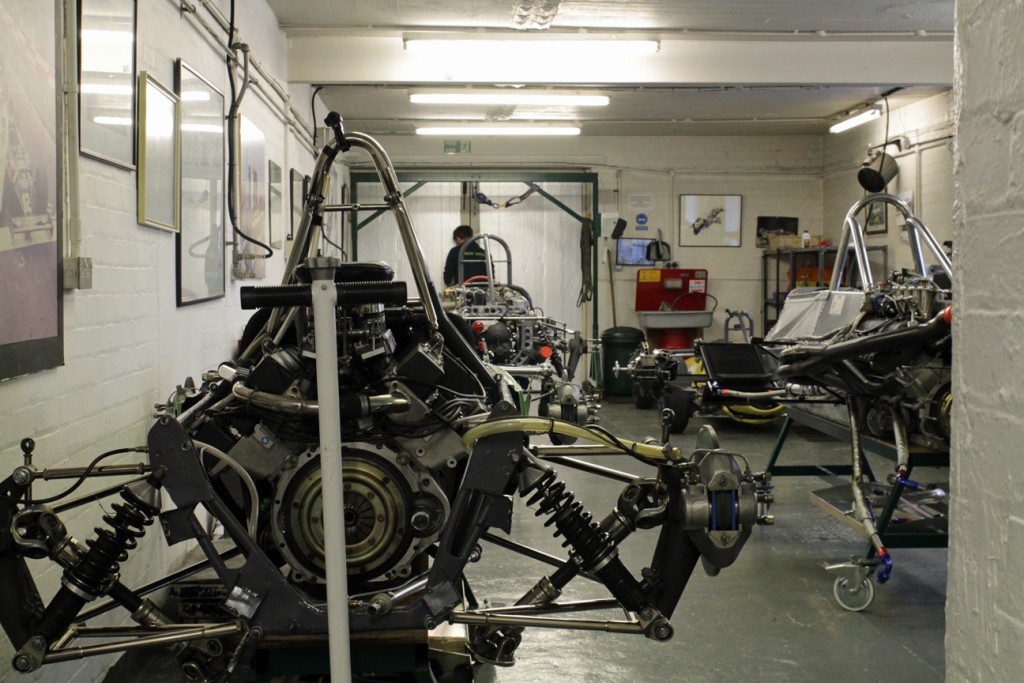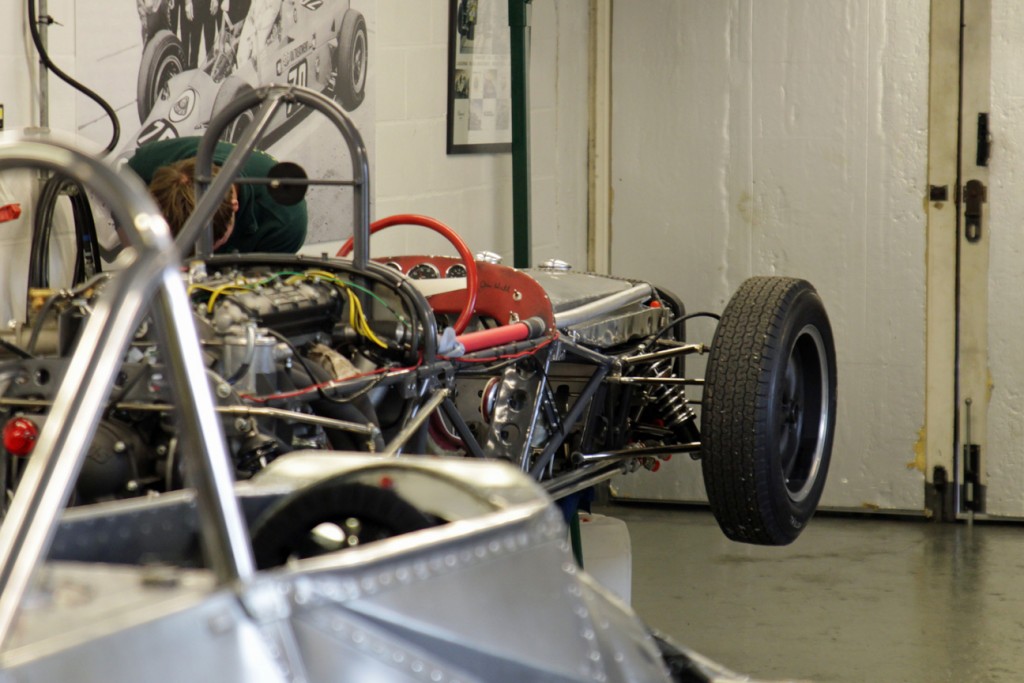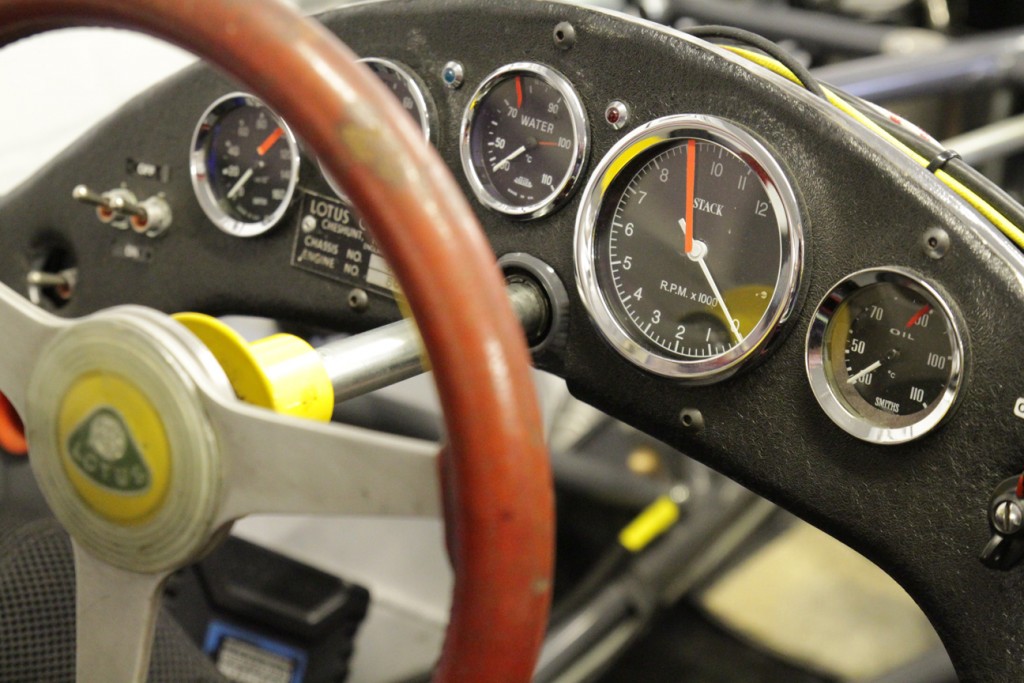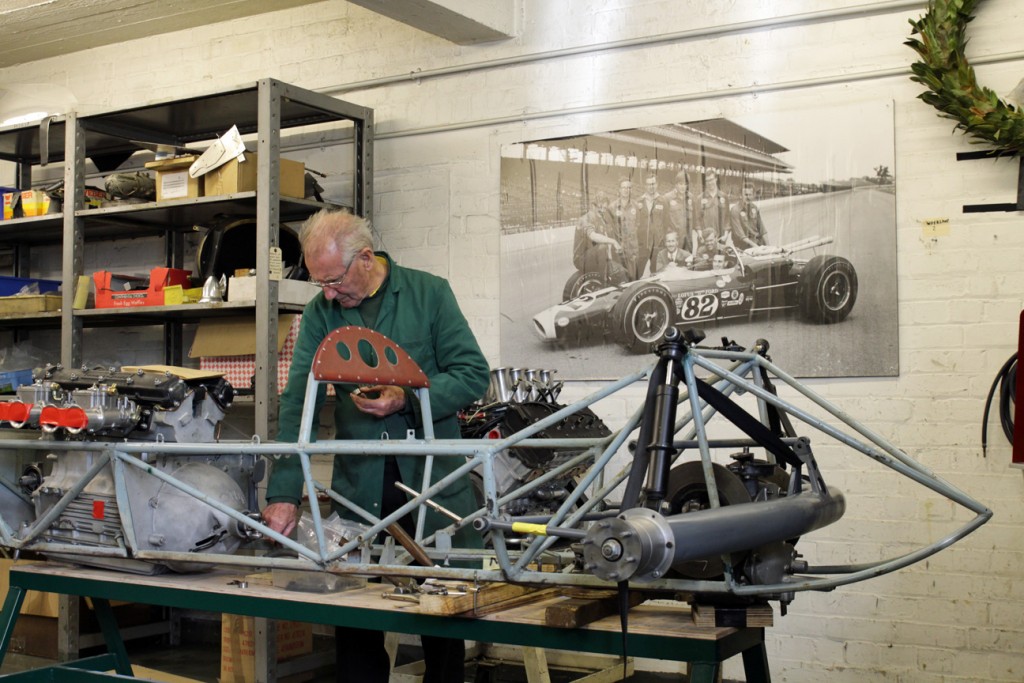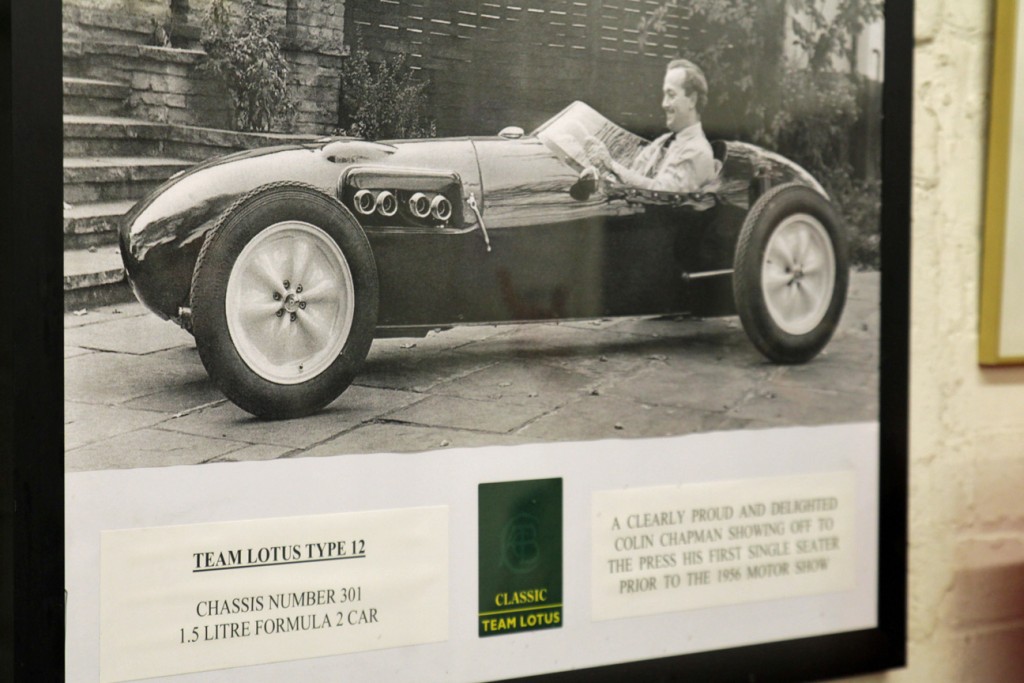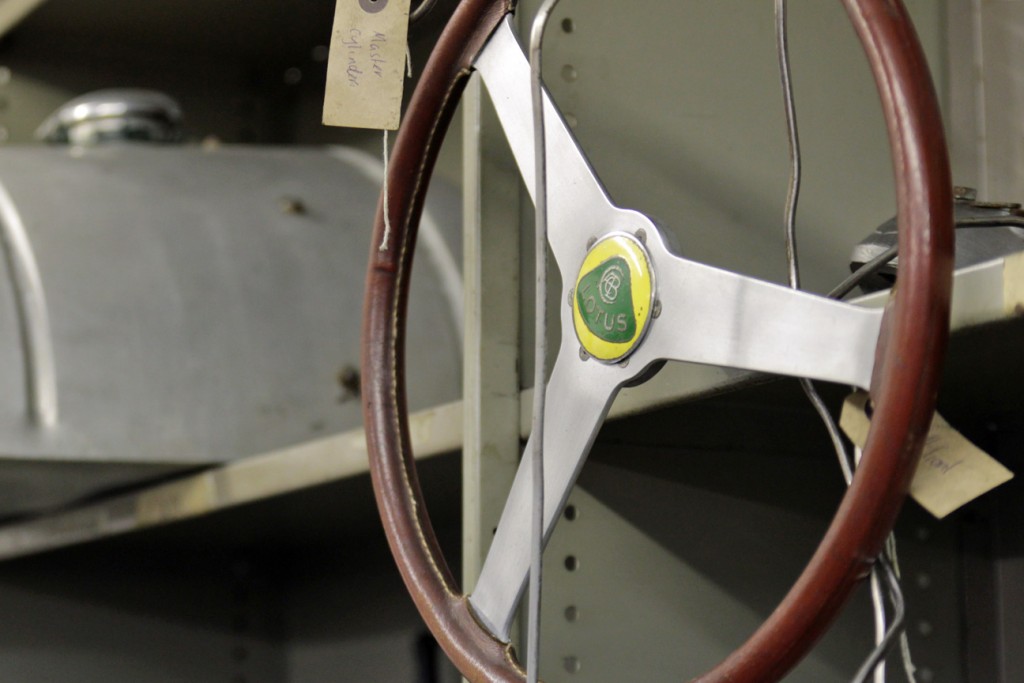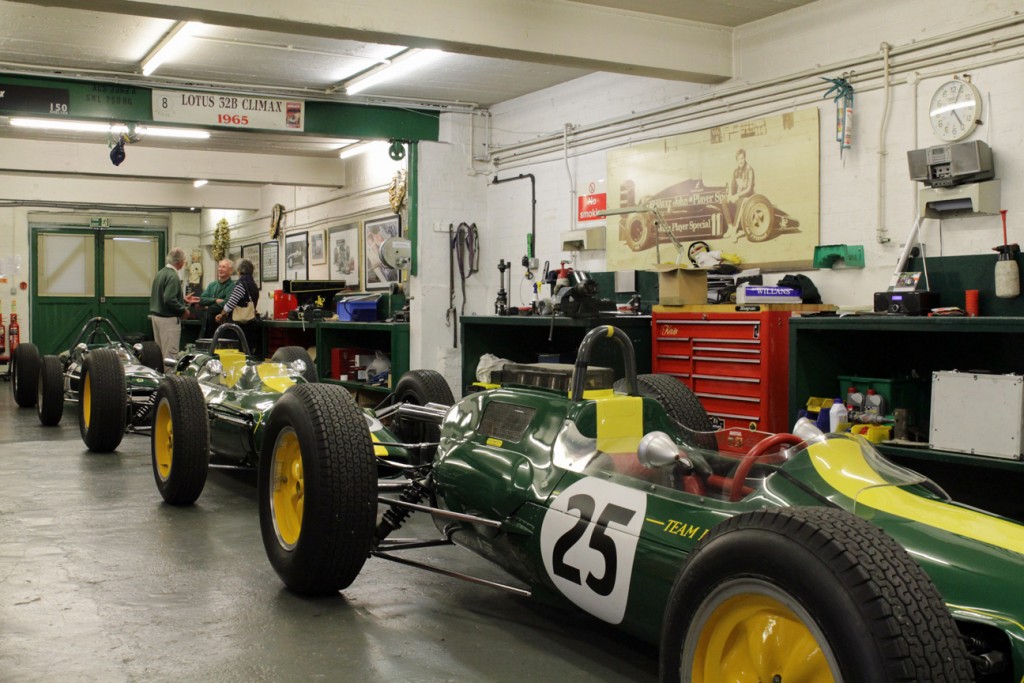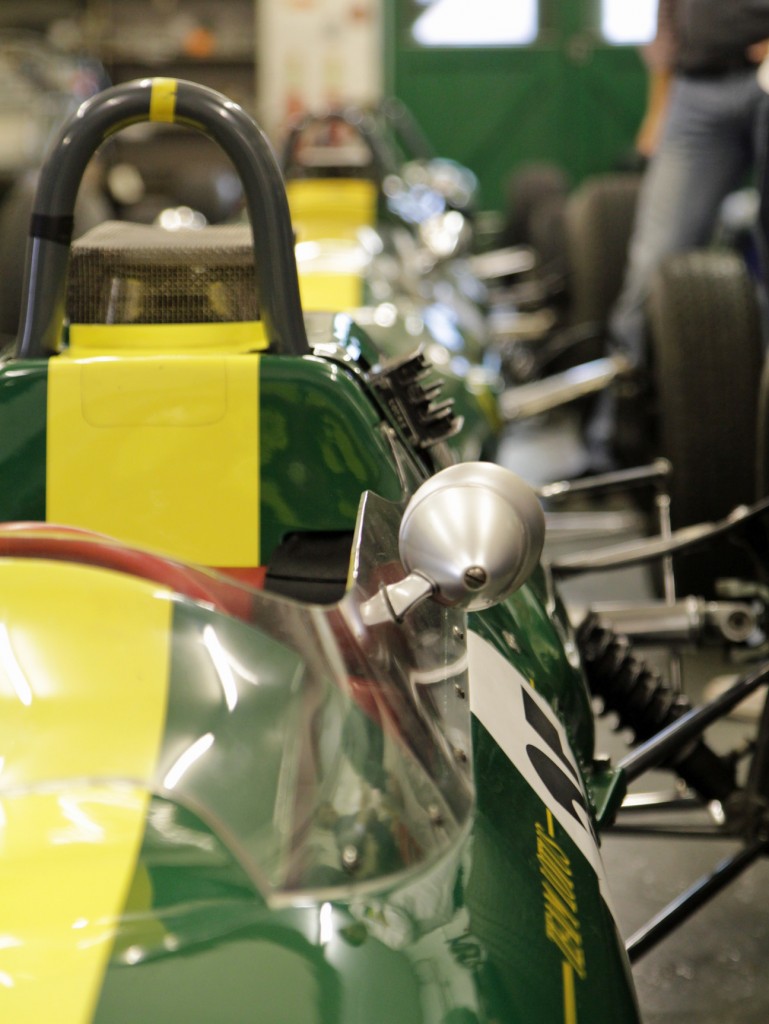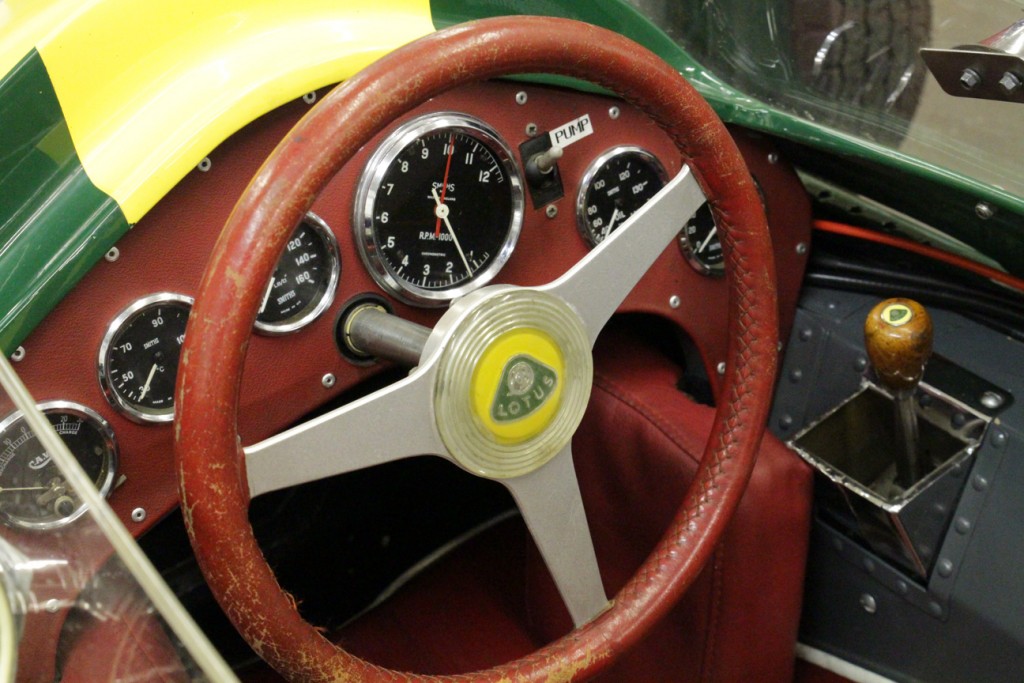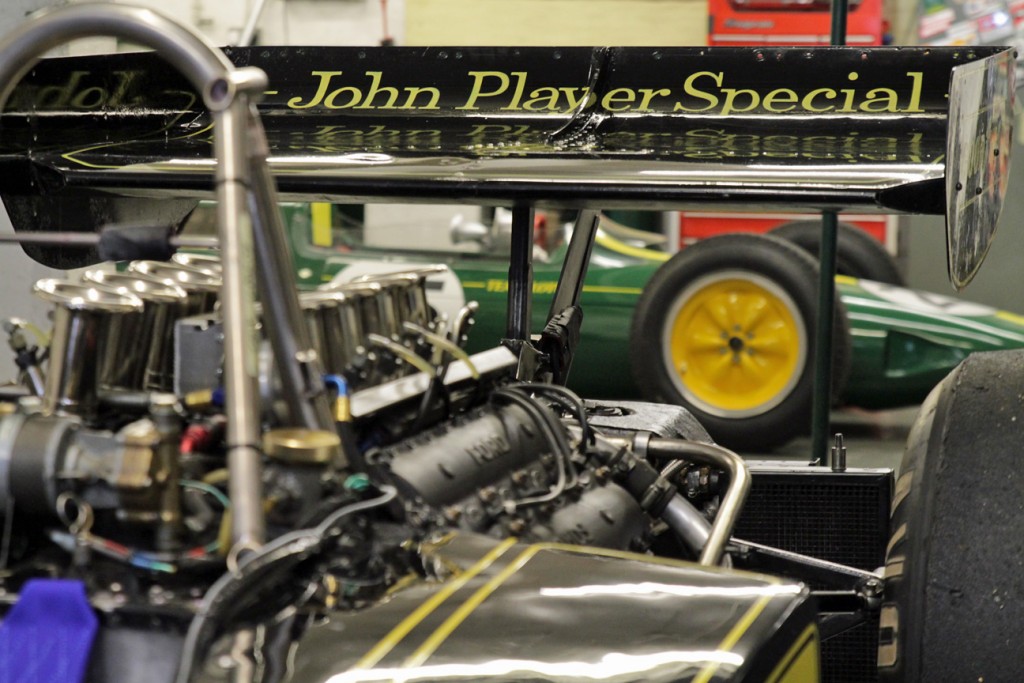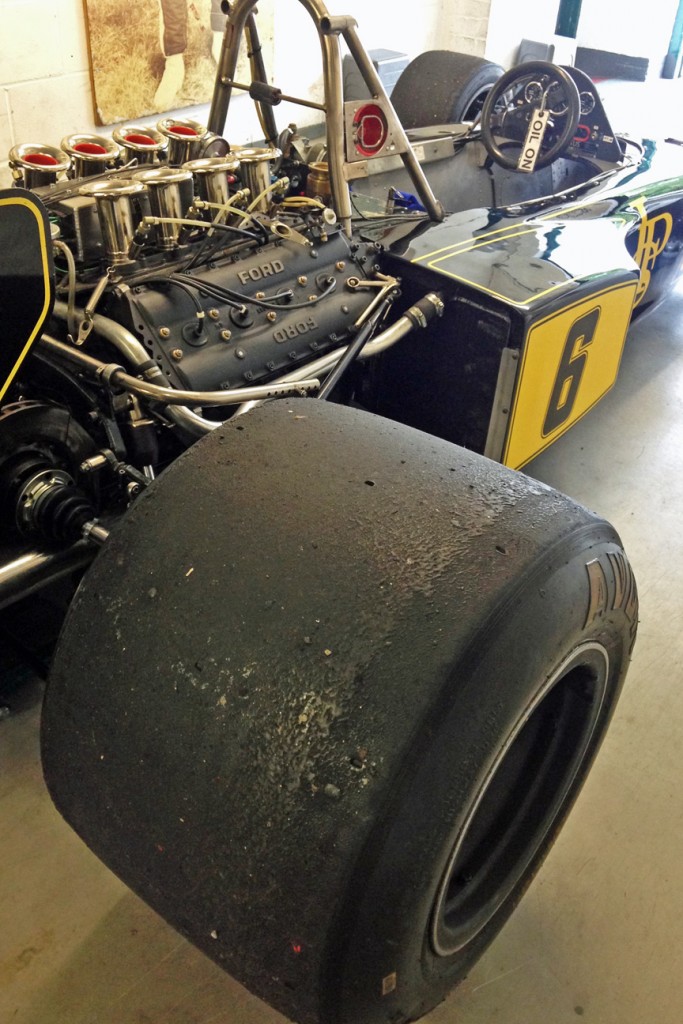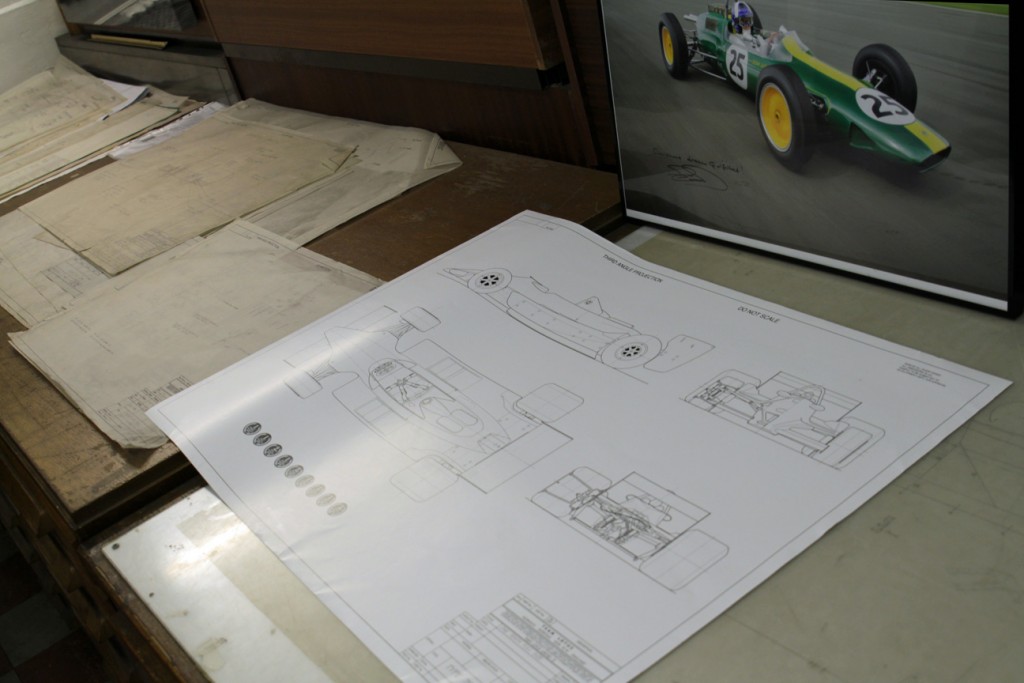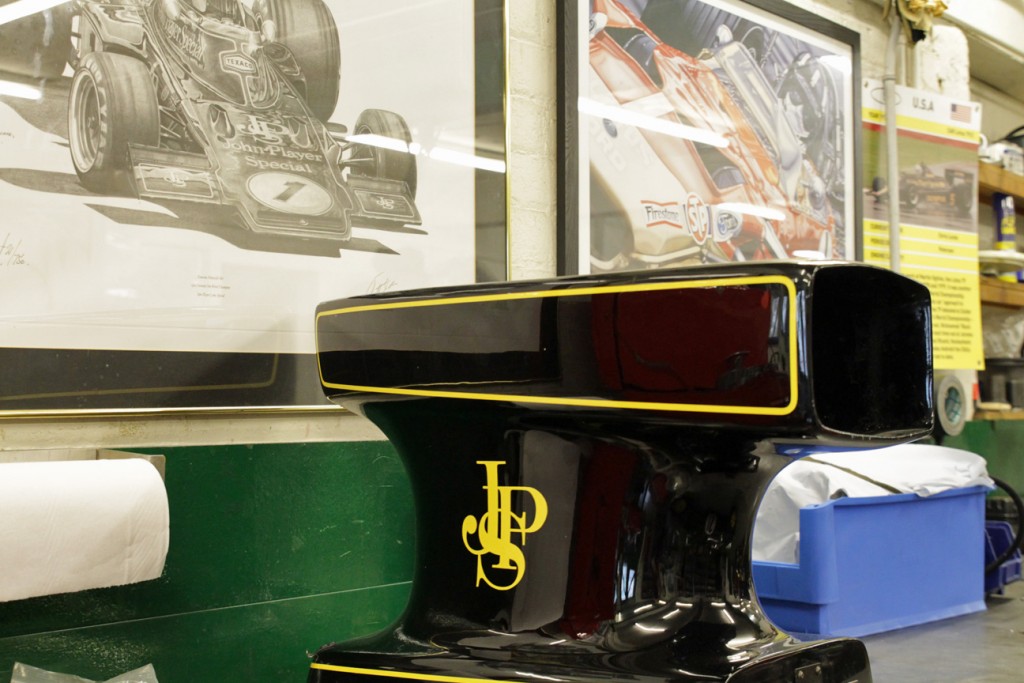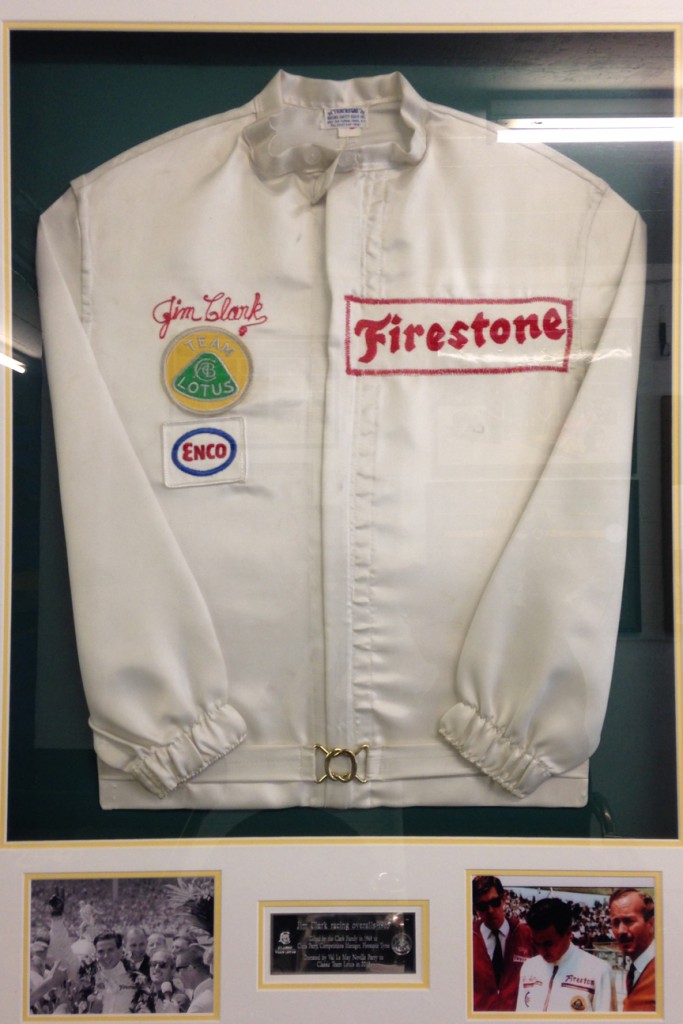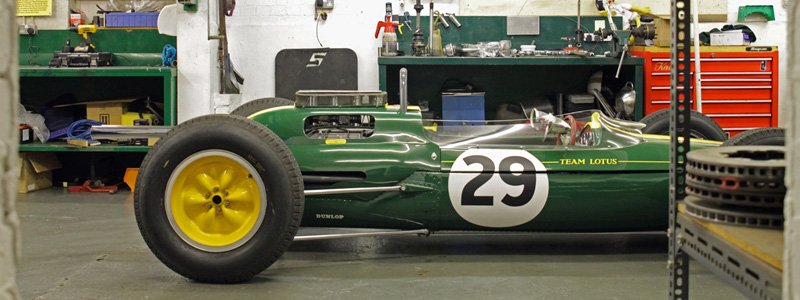
Back in 2012, I ticked off a couple of bucket list items by driving down to Monaco for the GP, followed by a visit to Modena, for factory tours of Ferrari, Lamborgini & Pagani. It was a fantastic trip and something I’d love to repeat at some point when time/funds allow.
Meanwhile, as long term Lotus owners (over 6 years, the longest we’ve owned a car), it seemed a bit daft that we’d driven half way across europe for that trip yet we’d never visited the home of Lotus which is somewhat closer to home. Saying that, it’s still a bit of a trek from Glasgow down to Lotus HQ in Potash Lane, Hethel, and while the Elise isn’t exactly ideal for a long motorway shlep, it didn’t seem right to go in anything else. By the way, if you’re ever down that way, I’d highly recommend stopping off at Carlsburger road side burger van… (on the A11 just before A134) the service and food are superb, and a long way from your average burger van fodder. Anyway back on topic…
There are two options when it comes to visiting Lotus. The standard tour includes a look behind the scenes of the modern day manufacturing facilities, or alternatively you can opt for the extended heritage tour (as we did), which as well as the above, includes a visit to the Classic Team Lotus F1 workshops. For anyone with a remote interest in historic motorsport, this is a must do and for me it was the highlight of the tour!
Lotus has been based at this site, an old RAF airfield, since 1966. While it’s seen a lot of changes, there is still plenty of evidence of it’s roots, such as the old control tower building which now houses the Lotus Driving Academy reception, where the tour starts. Overlooking the recently refurbished test track, we get a quick welcome and introduction to the history of Lotus, before heading over to the main production buildings (unfortunately photos aren’t allowed).
The main part of the factory is actually pretty small due to the fact that a lot of the major components (engine, gearbox, body panels etc) are out sourced or produced at different facilities. First stop is chassis assembly and body bonding, with separate production lines for Elise, Exige and Evora. The chassis’ are held in jigs which allow them to be easily maneuvered for the fitting of the power train, running gear etc. With the Elise being 20 years old now, it’s easy to forget how advanced its lightweight aluminium bonded chassis was, and fundamentally it hasn’t really changed that much over the years. The same principle is still used on the current Elise, Exige and Evora models. A testament to it’s ‘rightness’ and a key part of what makes a Lotus.
Next up was a overview of the paint facilities, final assembly and finishing up with quality control where the cars under going various checks before a road test (must be a tough job). An interest (and surprising) statistic was that approximately 80% of the cars are exported. The one danger of seeing so many fantastic looking cars being built and waiting to be delivered is that your man maths can go into overdrive! As we were wandering around I was already thinking that I really need to get a test drive in an V6 Exige S. There’s always a chance that a visit like this could end up being rather expensive… but in the best way of course!
After the obligatory visit to the factory shop, we headed over to Classic Team Lotus. Formed in 1992 and run by Clive Chapman, son of Lotus founder, Colin Chapman who died a decade early. As well as maintaining the factory collection, they also look after customer cars which are are still raced today at events such as Goodwood Revival and the Silverstone Classic. They do an invaluable job of keeping these stunning pieces of automotive history running, looking and sounding fantastic!
The workshops themselves are proper old school. Basic & funcational, with barely a nod to the current day. If Colin Chapman walked through the door today, he’d probably feel right at home.
You can easily believe that things haven’t changed in decades – and that includes some of the employees! One of these is Bob Dance, who joined Team Lotus in 1960 and has worked on championship winning cars for legends such as Clark & Hill, and was currently working on a full strip down and restoration of this early Type 12.
Our guide for the afternoon, Guy Munday, was superb. His passion and knowledge of Lotus, especially of the 50’s, 60’s and 70’s F1 era, was very impressive and he’s obviously a true enthusiast of the marque. Seeing and hearing all about these iconic cars was superb and a reminder of the part Lotus played in the early days of F1. Their use of cutting edge technology such as active suspension, composite materials and ground effect aerodynamics, resulted in 7 constructor’s and 6 driver’s world championships (Jim Clark x 2, Graham Hill, Jochen Rindt, Emerson Fittipaldi and Mario Andretti) during the 60’s & 70’s.
As well as the cars, there’s a room full of designs, blueprints and files – even down to detailing the specific set up used at individual tracks/races. It’s a real Aladdin’s Cave of Lotus’s previous life.
It was a great insight into one of our most famous sports car manufacturers and visits such as these do seem to have the effect of enhancing your enthusiasm for the brand (I guess that’s the whole point). While Lotus has undoubtedly had it’s fair share of highs and lows over the years, seeing behind the scenes, of both old and new, underlined what a great part of our petrolhead heritage they are.
Mike.


